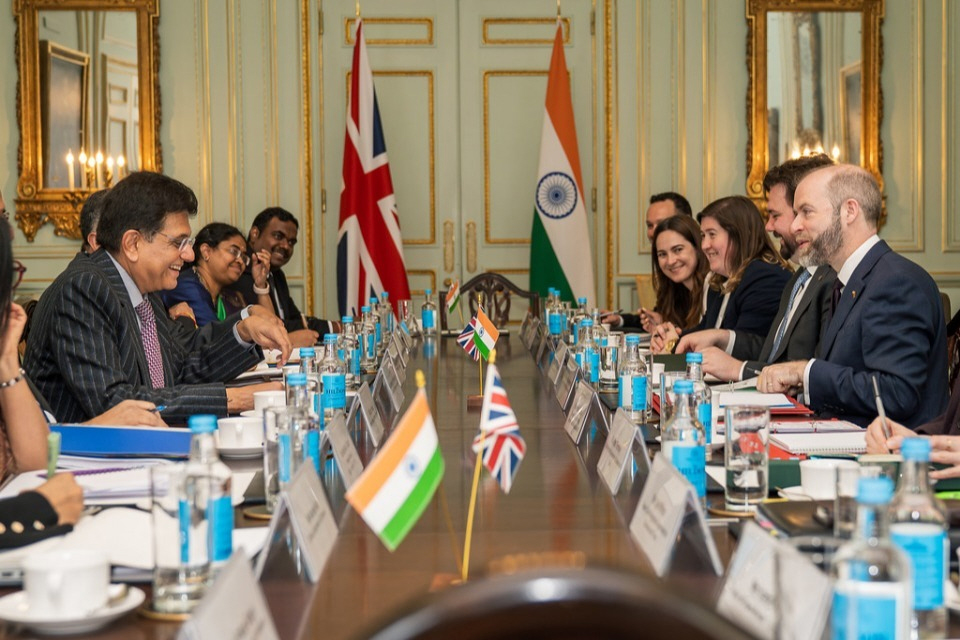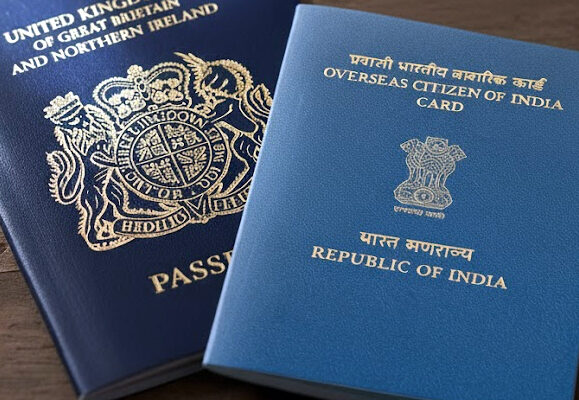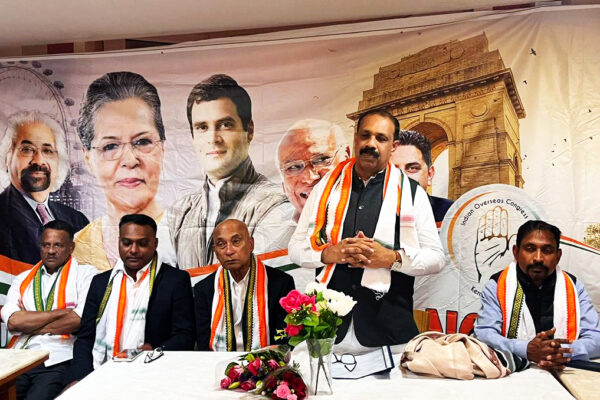
After years of negotiation, India and the United Kingdom have signed a historic Free Trade Agreement (FTA) on May 6, ushering in one of the most comprehensive trade partnerships of the post-Brexit era.
The agreement cuts tariffs, simplifies customs, and opens up access across goods, services, mobility, and investment, aiming to double bilateral trade to over $50 billion by 2030.
While the FTA has been welcomed as a strategic win by both nations, its real impact varies by sector. Here’s a detailed analysis of the winners and losers — with insights from key industry stakeholders.
Winners in India
1. Textiles and Apparel Industry
Indian textile and apparel sectors are poised to gain substantially. The FTA removes tariffs that previously disadvantaged Indian exports compared to competitors like Bangladesh, which enjoyed preferential access to the UK market. This change is expected to boost exports from industrial hubs such as Ludhiana in Punjab.
2. Gems and Jewellery Sector
Labour-intensive sectors like gems and jewellery are anticipated to benefit from improved market access, potentially reversing the decline in market share experienced over the past five years. This is a landmark milestone that will further deepen and strengthen bilateral trade ties,” said Kirit Bhansali, Chairman of Gem & Jewellery Export Promotion Council is an organisation set up by the Government of India.
3. Agricultural and Marine Products
Exports of items such as grapes, mangoes, and marine products are expected to see growth due to reduced tariffs, enhancing their competitiveness in the UK market.
4. Information Technology and Professional Services
The agreement includes provisions for improved mobility of professionals, such as visa access for Indian musicians, chefs, and yoga instructors, which could benefit India’s IT and professional services sectors.
Winners in the UK
1. Alcohol and Beverage Industry
British exporters of whisky and gin stand to gain significantly, with tariffs in India on these products set to reduce from 150% to 75%, and eventually to 40% over ten years.
Mark Kent, Chief Executive of the Scotch Whisky Association, welcomed the “transformational” deal: The reduction of the current 150% tariff on Scotch Whisky will be transformational for the industry, and has the potential to increase Scotch Whisky exports to India by £1bn over the next 5 years, creating 1,200 jobs across the UK. It will also give discerning consumers in India far greater choice of brands, as more SME Scotch Whisky producers have the opportunity to enter the market.”
2. Automotive Sector
The UK automotive industry, particularly electric vehicle manufacturers, will benefit from phased tariff reductions, facilitating greater access to the Indian market. The free trade agreement (FTA) will cut tariffs on cars imported from the UK to 10pc from over 100pc earlier under a quota. Tariffs will also be eliminated on 99pc of Indian goods imported into the UK. Indian exported $21.2bn worth of auto components in the April 2023-March 2024 fiscal year, 32pc of which went to Europe, government data show.
3. Cosmetics and Medical Devices
Tariff reductions on UK exports like cosmetics and medical devices are expected to enhance their competitiveness in India. T
4. Professional Services
The FTA provides improved access for UK professional services in India, including mutual recognition of qualifications and non-discrimination measures, potentially benefiting sectors such as legal and financial services.
⚠️ Potential Challenges and Losers
1. UK Pharmaceutical Industry
The UK’s pharmaceutical sector has expressed disappointment over the lack of progress on intellectual property and data protection issues in India, which are crucial for companies producing innovative medicines.
2. UK Tech Sector
While the agreement includes digital trade measures, the UK tech industry seeks more robust commitments to fully capitalize on opportunities in the Indian market.
3. Indian Dairy Sector
India has been cautious about reducing tariffs on dairy products due to concerns about farmer welfare and opposition from dairy cooperatives. Selective tariff reductions may be considered to enhance domestic quality without negatively impacting farmers.
4. Environmental and Sustainability Standards
The introduction of non-tariff barriers aimed at promoting sustainability, such as the UK’s proposed carbon border adjustment mechanism (CBAM), could pose challenges for Indian exporters in sectors like cement, chemicals, and steel.
🔍 Summary
The India-UK FTA presents opportunities for both nations to enhance trade and economic cooperation. While sectors like textiles, apparel, and beverages are poised to benefit, challenges remain in areas such as pharmaceuticals, technology, and environmental standards. Both countries will need to navigate these complexities to fully realize the potential of the agreement.






